Dawsons take a closer look at Meissen porcelain
Your complete guide to collecting this wonderful porcelain
Sometimes referred to as Dresden porcelain or German hard-paste, it was produced at the Meissen factory in modern-day Germany from 1710 to the present day.
23/07/2021
Meissen porcelain was the first successfully created true porcelain in Europe and dominated European porcelain manufacturing until around 1756, after which the leadership passed to French Sèvres porcelain. The secret of true porcelain was first discovered around 1707 by Johann Friedrich Bottger, an alchemist, and Ehrenfried Walter von Tschirnhaus, a physicist. Their research into porcelain had earlier produced stoneware that is the most solid known substance of its kind. The earliest porcelain was smoky in tone and not highly translucent, but improvements were inevitably made.
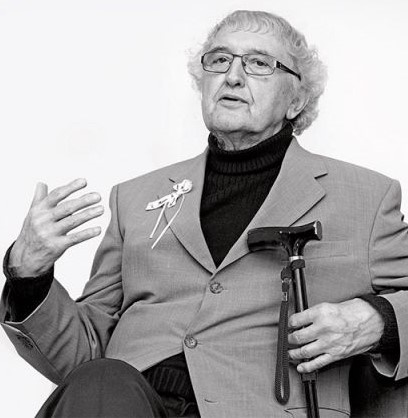
Prof. Heinz Werner was one of the most notable porcelain painters in the Meissen manufactory's Collective for Artistic Development, whose founding members also included Ludwig Zepner and Peter Strang. Werner joined the manufactory in 1942 as a decoration designer and soon after created many examples of decor that have had a definitive impact on contemporary style. Showstoppers include "1001 Nights" and "A Midsummer Night's Dream," to name a few. Werner's work is filled with movement and imagination; he was very much influenced by Eastern fairy tales and his journeys to Japan and Hong Kong. While at Meissen, he tested and perfected new techniques in the upcoming space of wall decoration.
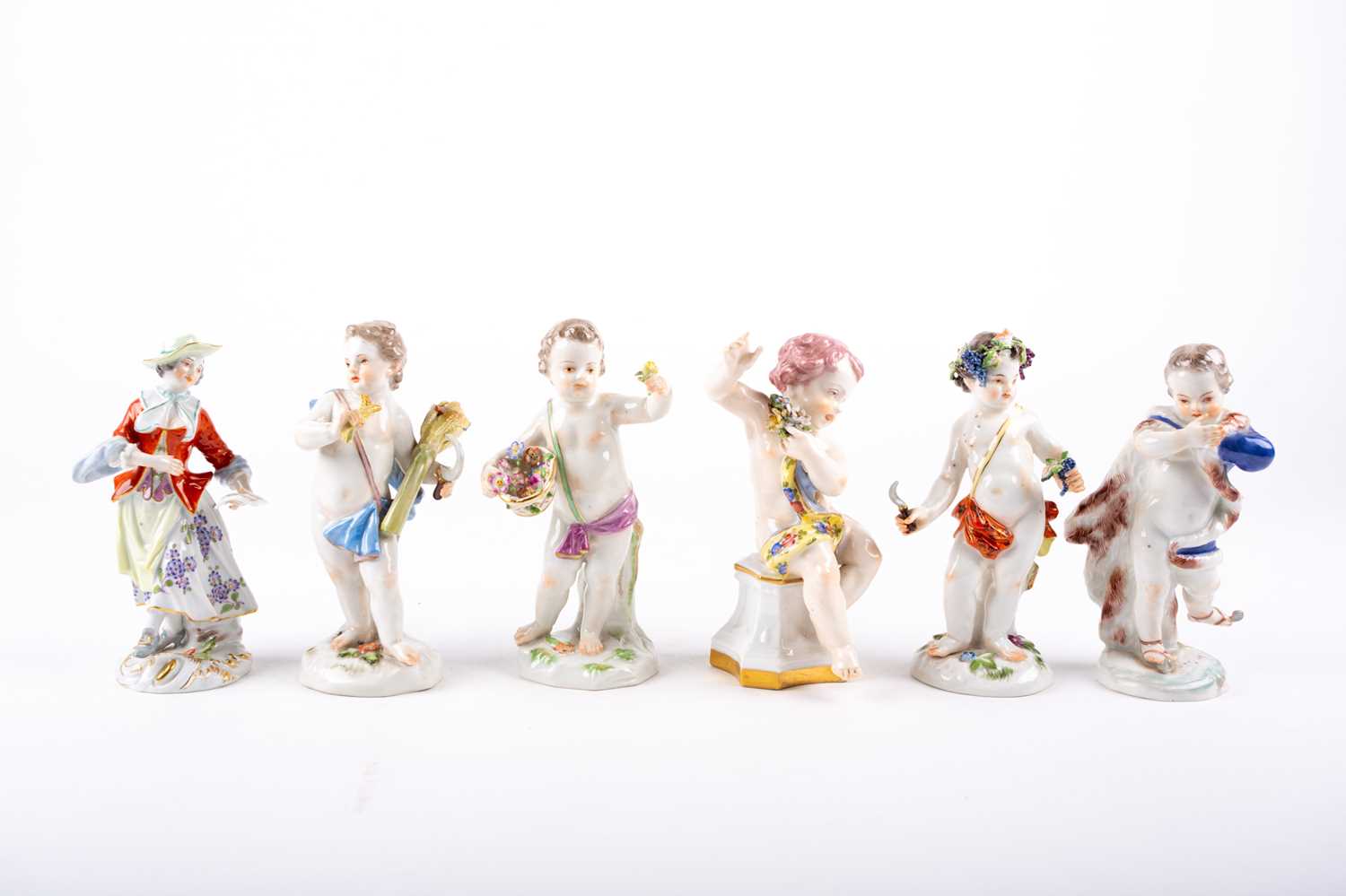
Group of 19th Century (and later) Meissen porcelain decorative figures. Sold £600
The Meissen "Swan Service" is considered one of the most spectacular porcelain dinner services ever created. Johann Joachim Kändler designed it for Count Heinrich von Brühl, who later became the director of Meissen in 1739. The full service was constructed between 1737 and 1742; it included more than 2,000 pieces altogether. It displayed themes from nature inset into the profile of a scalloped shell rendered in low relief. Flora and fauna, which included images of two swans, was developed in part to play on the Count's name: "bruhl," which roughly translates to "marshland." Unfortunately, the service was partially lost in World War II, and any remaining pieces have been divided and channelled into various collections across the world. Quality pieces from this historic service are considered museum quality, making those appearing at public auction all the more valuable.
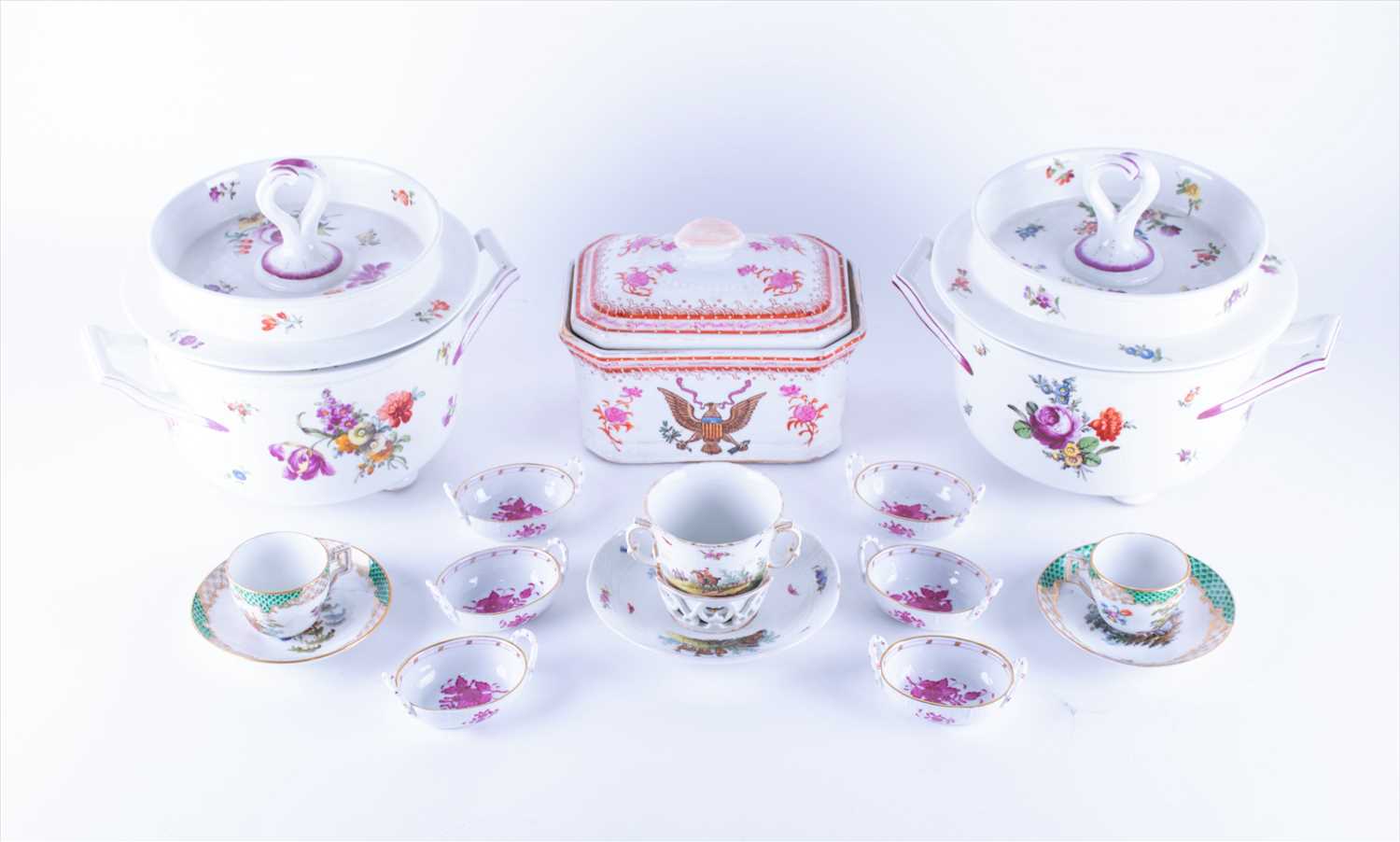
Collection of beautifully decorated Meissen cups, saucers, tureens and bowls. Sold £550
Meissen figurines were one of the earliest creations in the history of the Meissen brand. They were first developed by Johann Jakob Kirchner but made popular during the tenure of Johann Joachim Kändler in the 1730s. Kändler would go on to be recognised as one of the most influential Meissen designers. His figurines, presented in myriad styles and numerous colors, became one of the most iconic creations of the brand.
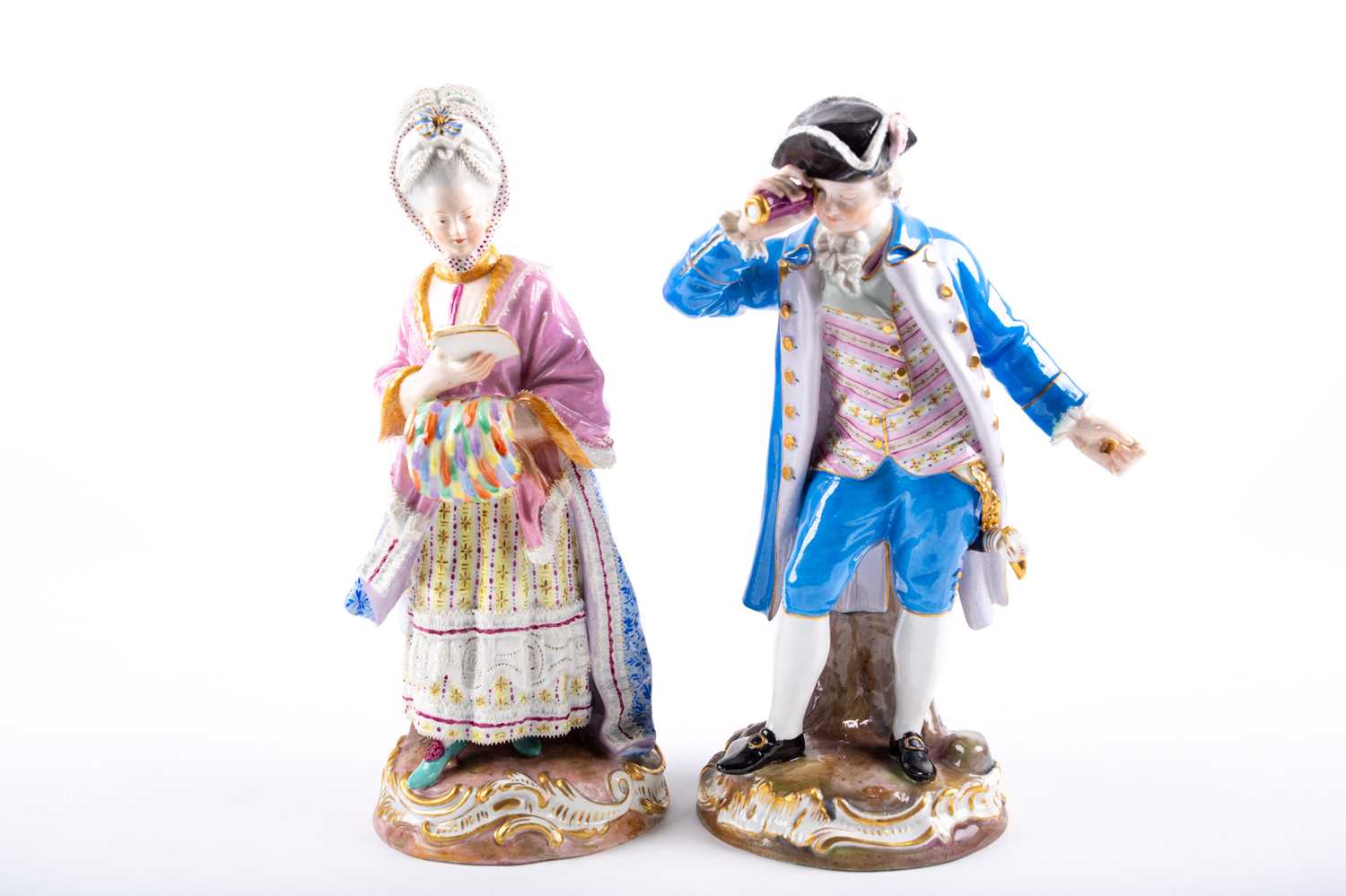
A pair of Meissen figures - a Racegoer and his companion. Sold £320
Do you have any Meissen porcelain? Or indeed, any other items that you fee may have a value?
The team of experts at Dawsons are always happy to provide a free verbal appraisal and auction valuation; regularly consigning an array of wonderful items to our monthly Fine Art & Antiques sale. We can also provide insurance valuations, where required.
Please do get in touch, should you any Fine Art or Antiques that you are keen to have valued. We would love to hear from you.
0207 431 9445 / info@DawsonsAuctions.co.uk
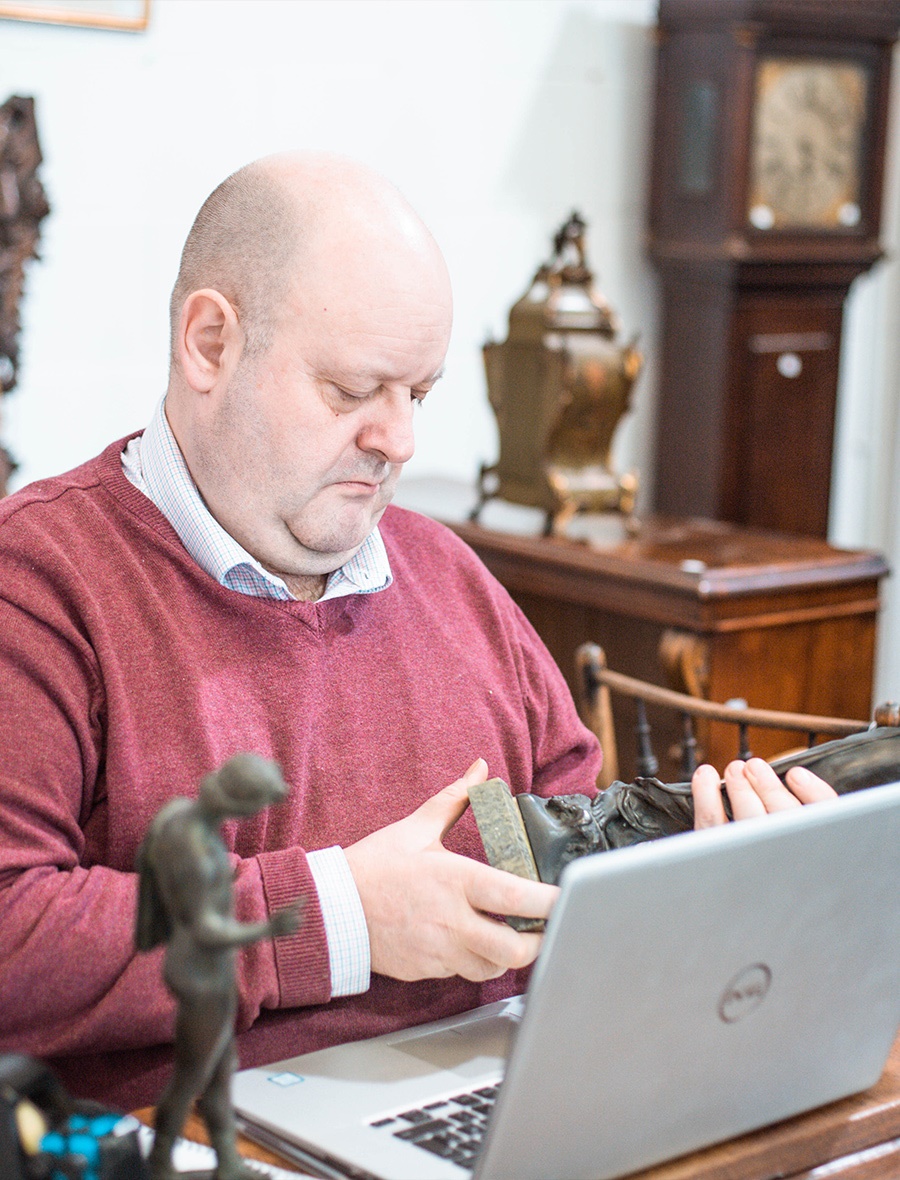
James Lees
Whilst James has a leaning towards furniture, he has huge experience as a General Valuer (across all our Departments) and will provide superb advice for any Dawsons customer who may have items of value to sell, or indeed, who may be looking to buy items at auction.
Ceramics & Glass Carpets & Textiles Musical Instruments